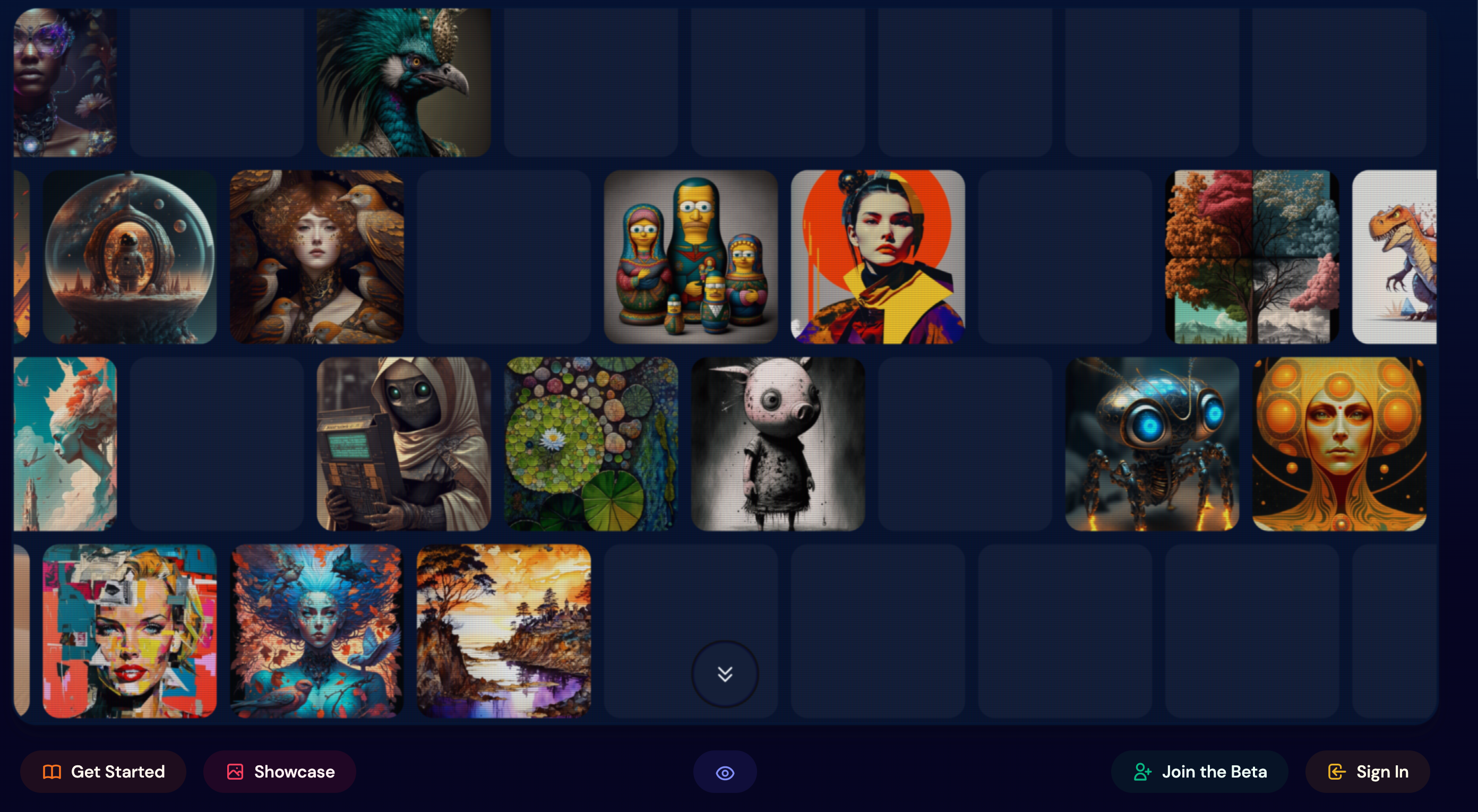In this article:
- What is virality?
- Understanding viral marketing.
- Explaining the processes behind some of the most popular viral campaigns.
- Recipe steps: Can one create viral campaigns? A 6-step plan that you can use to make the most of your campaigns.
Let’s start from the beginning.
1. What is VIRALITY?
Virality is the tendency of an image, video, or piece of information to be circulated rapidly and widely from one Internet user to another.
2. What is VIRAL MARKETING?
Viral Marketing is defined by a piece of content that spreads like a virus, from person to person, increasing brand awareness and sales of the promoted product or service.
Distribution platforms
Nowadays, social networks have an important role in the process due to their speed and ease of sharing content. They are often platforms that support message delivery.
Can virality be anticipated or even stimulated?
The answer depends on your launching budget.
Frankly, nobody can assure you if one campaign will or will not become viral. Most of the massive shared campaigns are the result of great timing.
However, there are some things marketers could leverage to raise their chances of reaching the domino effect.
Great impact at minimal costs
When a campaign reaches high exposure levels, such as national or international reach through natural engagement, marketing costs are reduced to content production and the time to make it.
Distribution expenses, which are pretty high, especially when considering a nationwide campaign, are reduced to a minimum.
Increasing potential leads
The more interest is raised around your brand, the more potential leads subscribe to your database. Your conversion funnel doesn’t necessarily change, but it gets thicker.
3. EXPLAINING the processes behind some of the most popular VIRAL CAMPAIGNS in advertising
In the following part, I will analyse a couple of virality cases through 4 key factors that create together the so-called virality scheme:
- Content
- Distribution
- Timing
- Trigger factor (insight)
There are lots of viral campaigns that have been running online in the past decade, so let’s choose them by the end beneficiary:
Commercial brand: The launching of the Fyre Festival
Personal brand: The Dolly Parton Challenge (LinkedIn/Facebook/Instagram/Tinder Collage)
Social cause: The Ice Bucket Challenge
Commercial brand: The launching of the Fyre Festival
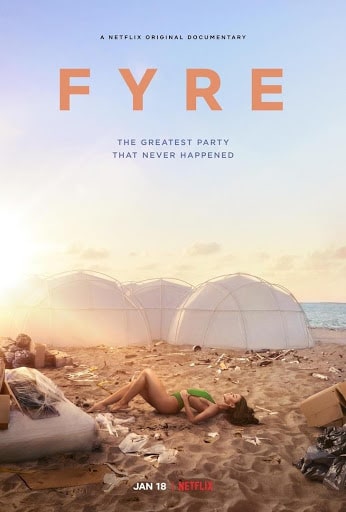
Fyre Festival was a fraudulent luxury music festival founded by Billy McFarland, CEO of Fyre Media Inc, and rapper Ja Rule.
The event was meant to happen in April 2017, unfortunately, it never reached its promised glory. The whole organization process turned into a complete disaster. Logistics, lack of time and management experience appeared to be responsible for the overall failure.
However, despite the end result, the organizers managed to create a great launching campaign.
The Fyre Festival – The process:
![]() one simple orange visual (the brand’s colour)
one simple orange visual (the brand’s colour)
![]() got published on the same day at the same hour
got published on the same day at the same hour
![]() by 63 world-renowned influencers from all over the world with a simple tag & hashtag: @fyrefestival/#fyre fest
by 63 world-renowned influencers from all over the world with a simple tag & hashtag: @fyrefestival/#fyre fest
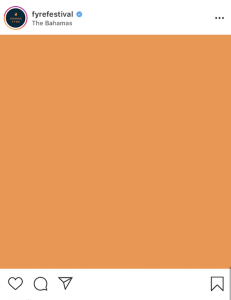
Looks pretty boring, right?
Now let’s picture it in context.
Disrupting the social media visual setup
Social media feeds set particular expectations for our eyes. We are used to seeing multichromatic images that contain a mixture of shapes and sizes, each of them defined by particular details. Breaking through these visual expectations and succeeding to pull out your content and getting the audience’s attention is a big challenge.
This is the reason why their choice for the square was brilliant. Imagine the orange post in a social media feed context.

Pretty notable, right?
Now, picture seeing this over and over again from different accounts you are following.
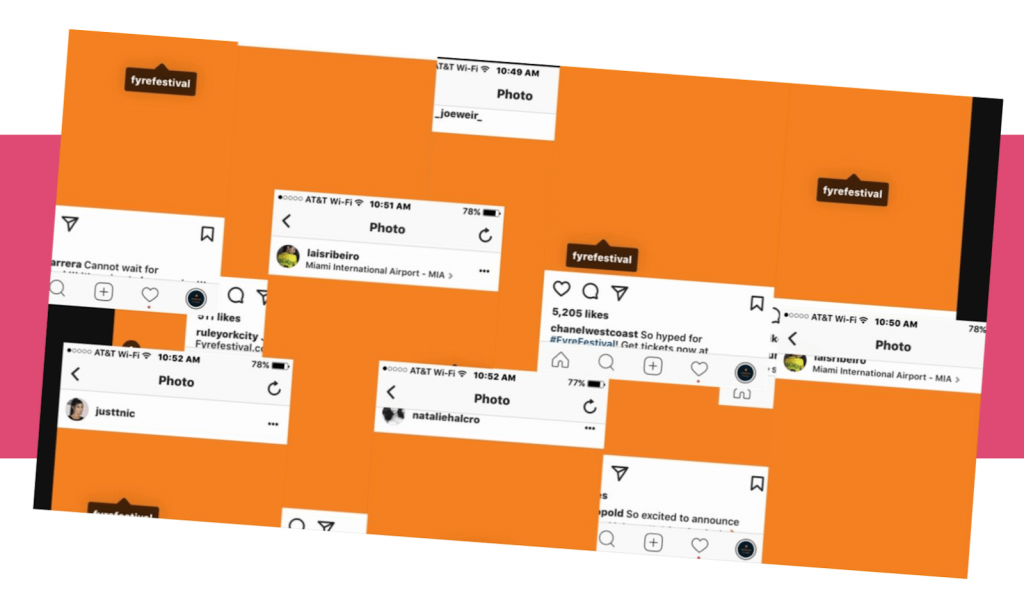
The next thing you will do is ask yourself what in the world is going on?
The FyreFestival launching posts received over 300 million impressions in less than 24 hours (according to mediakix.com and influencermarketinghub.com).
The influencers campaign continued, eventually involving more than 400 influencers.
The Fyre Festival – Virality scheme
Content: a teasing blank post
⟱
Distribution: celebrities (high-end positioning of the brand)
⟱
Timing: simultaneous launching (trendsetting)
⟱
Trigger factor: FOMO/ belonging
Viral marketing? Definitely.
Organic? Not entirely. The launching was simulated, showcasing the strategic approaches marketers can leverage when it comes to timing and influencer distribution. The launching post got reposted organically only after it was published by influencers.
The trigger factor that generated the domino effect was FOMO (fear of missing out) in this particular case. They didn’t just launch an event through a blank orange photo, they launched a high-end experience.
People shared the blank photo because of the idea it represented: belonging to a particular social class. Or, at least, the desire for it.
The Fyre Festival – Results
![]() +300.000 million impressions on social media
+300.000 million impressions on social media
![]() +50.000 posts under the hashtag #fyrefestival on Instagram only
+50.000 posts under the hashtag #fyrefestival on Instagram only
![]() +400 influencers involved
+400 influencers involved
Personal brand: The Dolly Parton Challenge
Launched this year, on January 21st, #DollyPartonChallenge’s first photo was not even published under the hashtag that generated almost 500.000 posts on Instagram and over 250.000 on Twitter in just 7 days. The hashtag came naturally after, due to her initiative.
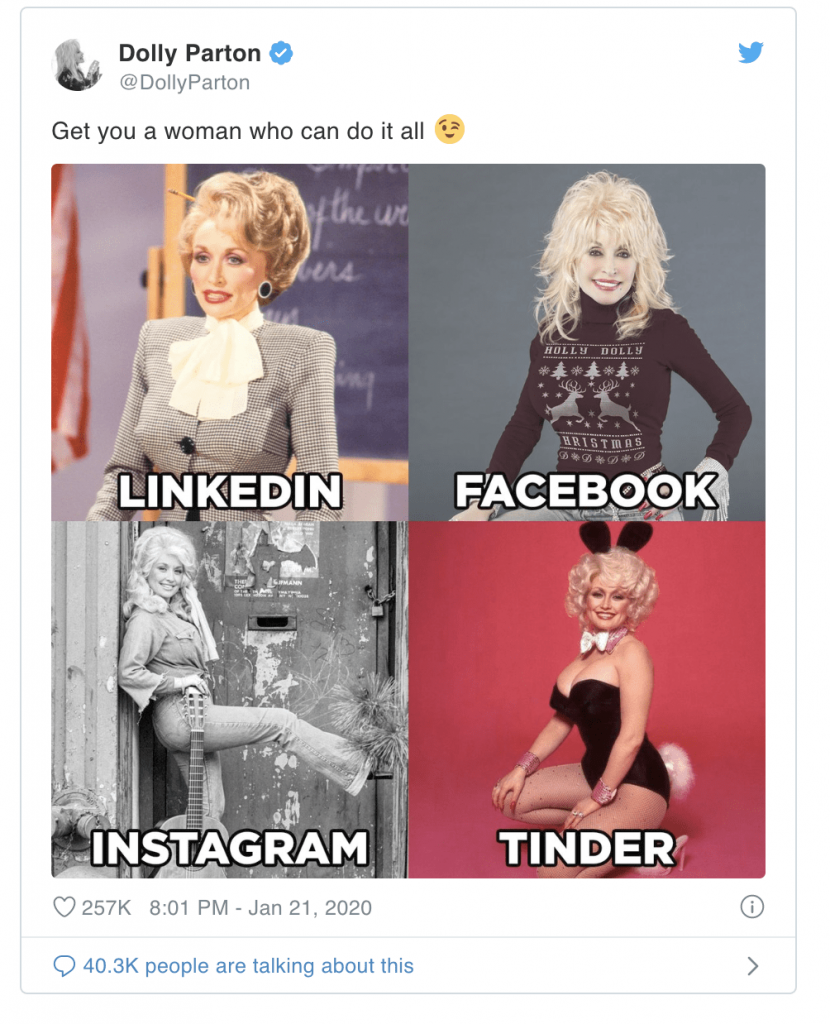
The whole idea was catchy enough to start spreading within Dolly’s social network first and then all over the social media around the world. Dolly set a trend without even intending it. (Or at least, this is what the public has been let to believe).
However, we have a different situation here, since Dolly didn’t launch the campaign simultaneously using a large network of A-Class influencers, like in the Fyre Festival case.
So what made it spread so fast?
The Dolly Parton Challenge – Virality scheme
Let’s retake the virality scheme and the 4 key-factors.
Content: a photo collage
⟱
Distribution: celebrities at first wave (positioning the challenge as a trend)
⟱
Timing: waterfall (non-simulated virality/ normal spreading)
⟱
Trigger factor: social validation/ the“full-self” insight
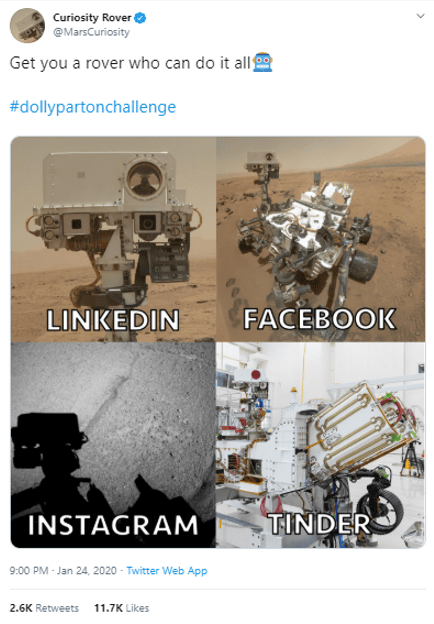
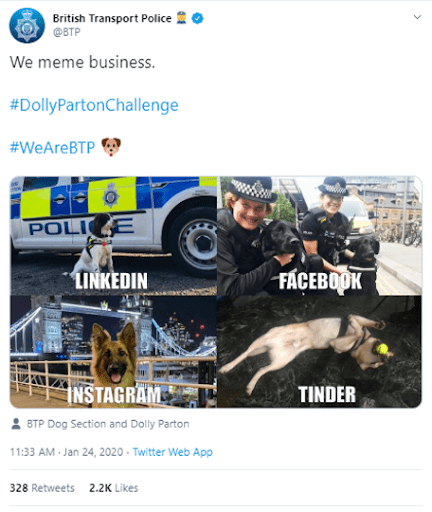
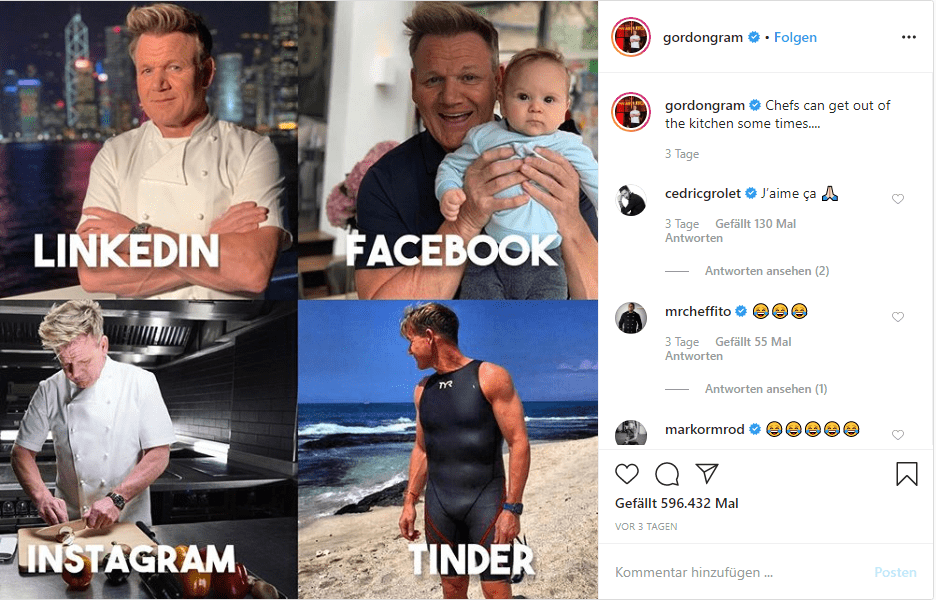
Even if the celebrities did not act upon it all at once, they still did it one by one, being influenced by each other’s posts. The fact that the challenge was approached in an elite circle first, turned the whole idea into an instant trend.
The trigger factor, this time, had a more in-depth psychological insight: the desire to be seen as a complete human being.
![]() Smart (LinkedIn/professional photo)
Smart (LinkedIn/professional photo)
![]() Well-connected (Facebook/friends photo)
Well-connected (Facebook/friends photo)
![]() With a cool lifestyle (Instagram/ travel photo)
With a cool lifestyle (Instagram/ travel photo)
![]() And a lot of sex appeal (Tinder/ sexy photo).
And a lot of sex appeal (Tinder/ sexy photo).
As humans, we are different in many ways, but on a psychological level, the fundamentals are pretty similar for most of us. The only factor that varies in this case, for each person, is the level of responsiveness to the challenge.
Can humans be hacked, should we ask?
With the right psychological tool, it appears so.
The Dolly Parton Challenge – Results:
![]() +750.000 posts on Twitter & Instagram so far
+750.000 posts on Twitter & Instagram so far
![]() lots of celebrities: Ellen DeGeneres, Gordon Ramsey, Natalie Portman, Will Smith and more (the challenge is too fresh to evaluate a total number of people involved)
lots of celebrities: Ellen DeGeneres, Gordon Ramsey, Natalie Portman, Will Smith and more (the challenge is too fresh to evaluate a total number of people involved)
![]() other brands joined it
other brands joined it
![]() even institutions joined it
even institutions joined it
Social cause: The Ice Bucket Challenge
The story: How did it start?
The Ice Bucket Challenge is today renowned as the campaign that managed to raise over $115 million for the ALS cause/ Amyotrophic Lateral Sclerosis. A person suffering from ALS loses the ability to control their muscle movement and may succumb to total paralysis at later stages of the disease.
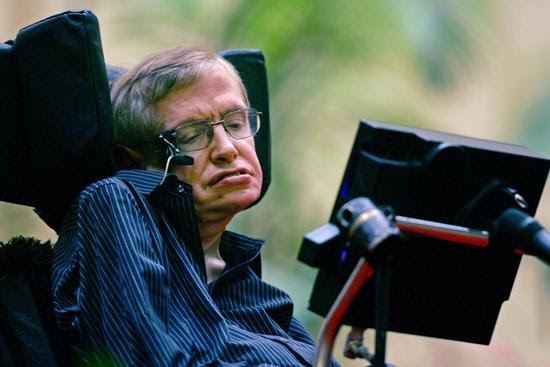
Stephen Hawking is a notable personality who suffered from ALS. Image source: drugdiscovery.com
The Ice Bucket Challenge – Rules
- Grab a camera
- Fill up a bucket of ice water
- Tell everyone about the cause and
- Challenge a few friends to take the plunge or donate $100 instead.
The end goal
In the beginning, there was no clear cause.
What few people know is that, in the beginning, the original challenge had nothing to do with the ALS case. The participants would select a charity of their choice for donations.
The move for a cause started with Chris Kennedy, a professional golfer from Sarasota, Florida, who passed the challenge by nominating his cousin’s wife: Jeanette Senerchia. Jeanette’s husband was the one suffering from ALS.
15th of July: The first video of Ice Bucket Challenge
Chris posted this video on July 15—what appears to be the first situation where we find the link between the challenge and ALS (according to Time Magazine).
The first media endorsement: NBC’s Today Show
The challenge first received media attention after professional golfer Greg Norman nominated news anchor Matt Lauer on NBC’s Today Show.
This fortunate event could be considered the critical distribution moment that validated the challenge as a trend which then led millions of people joining the movement and raising awareness of ALS.
Ice Bucket Challenge – Virality scheme
Content: a video challenge (with consequences for refusal: the $100 donation)
⟱
Distribution: normal distribution (at first)
⟱
Timing: limited (the challenge had to be taken in less than 24h or assume the consequences )
⟱
Trigger factor: social pressure/FOMO
We find the following three differentiators in this particular challenge, compared to the other two presented before:
- Time limit. The challenge was limited to a 24h time span with a side effect for those who decided to pass on it: a $100 donation, putting people under the pressure of consequences.
- Double Call to action. What was great about the challenge was that the campaign raised both money and awareness through the game rules established. You would either pay or do the challenge. Furthermore, you still had to pass it further to 3 other friends, so the game would move forward regardless if you chose to pay the donation and not do the challenge.
- Different trigger factor. Unlike the Fyre Festival or the Dolly Parton Challenge, where the trigger factor (the psychological insight) was static, it changed for the Ice Bucket Challenge. If in the beginning, the game was accepted due to the social pressure of being called out in public, since the experience wasn’t necessarily pleasant, as soon as its popularity grew, it turned into a trend. It wasn’t triggered by social pressure anymore, but by the fear of missing out.
Ice Bucket Challenge – Results
![]() It raised more than $115 million for the ALS Association, only in the U.S.
It raised more than $115 million for the ALS Association, only in the U.S.
![]() Over 17 million people participated in the challenge worldwide.
Over 17 million people participated in the challenge worldwide.
![]() Joined by celebrities, politicians and authorities.
Joined by celebrities, politicians and authorities.
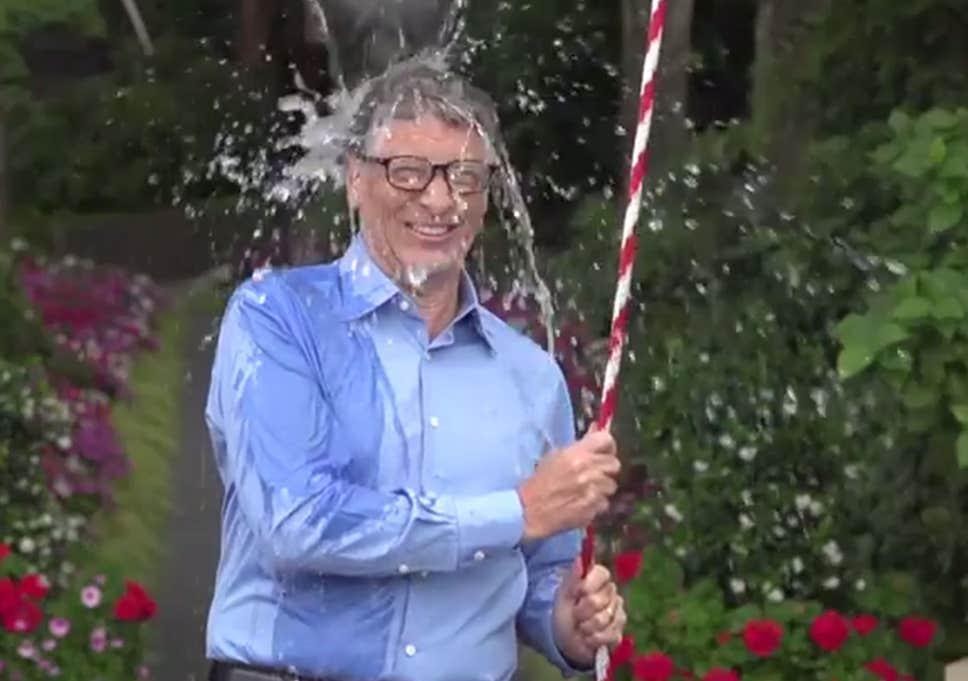
Bill Gates doing the ice bucket challenge. Image Source: The Gates Notes/YouTube
4. RECIPE STEPS: Shall we create VIRAL CAMPAIGNS?
The correct answer would be:
One can create great infrastructures that support the distribution process.
Here is my 6-step plan that you can use to make the best of your campaigns:
![]() Choose your end goals and find a great psychological insight to engage your audience towards achieving it;
Choose your end goals and find a great psychological insight to engage your audience towards achieving it;
![]() Prepare the content meant to trigger it;
Prepare the content meant to trigger it;
![]() Setup your main distribution channels;
Setup your main distribution channels;
![]() Create a mental model for the process and be prepared with a back-up distribution plan if the launching expectations are not met at the first trial.
Create a mental model for the process and be prepared with a back-up distribution plan if the launching expectations are not met at the first trial.
![]() Prepare a sharp agenda for the launch considering all the important details that could facilitate a better timing;
Prepare a sharp agenda for the launch considering all the important details that could facilitate a better timing;
![]() Allocate a launching budget to enhance the first exposure spread. Remember that doing it right from the get-go could save you most of your marketing budget and bring you an incredible return of investment if you manage to…hit the jackpot!
Allocate a launching budget to enhance the first exposure spread. Remember that doing it right from the get-go could save you most of your marketing budget and bring you an incredible return of investment if you manage to…hit the jackpot!
Good luck!
Join the Conversation
We’d love to hear what you have to say.
Get in touch with us on our LinkedIn Group, Facebook Group or Twitter.




